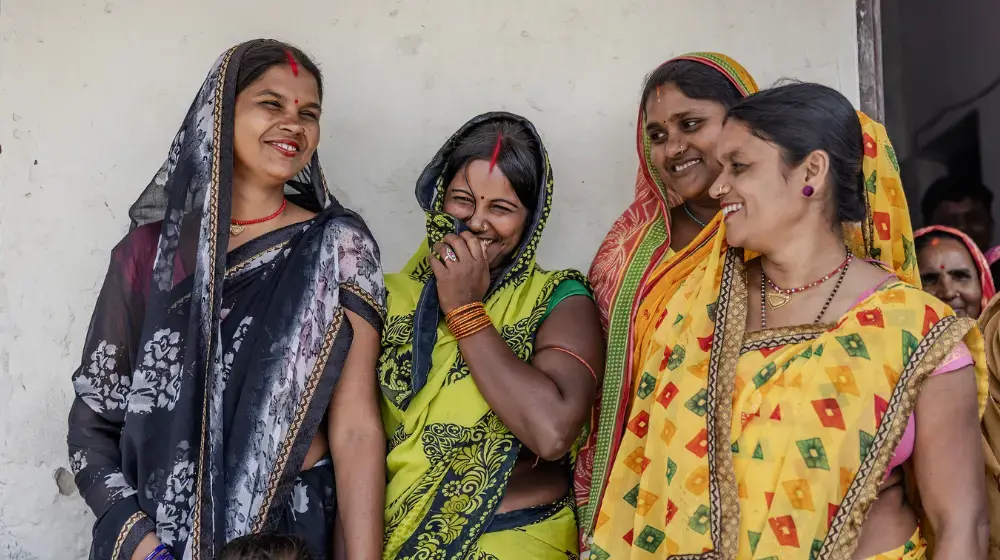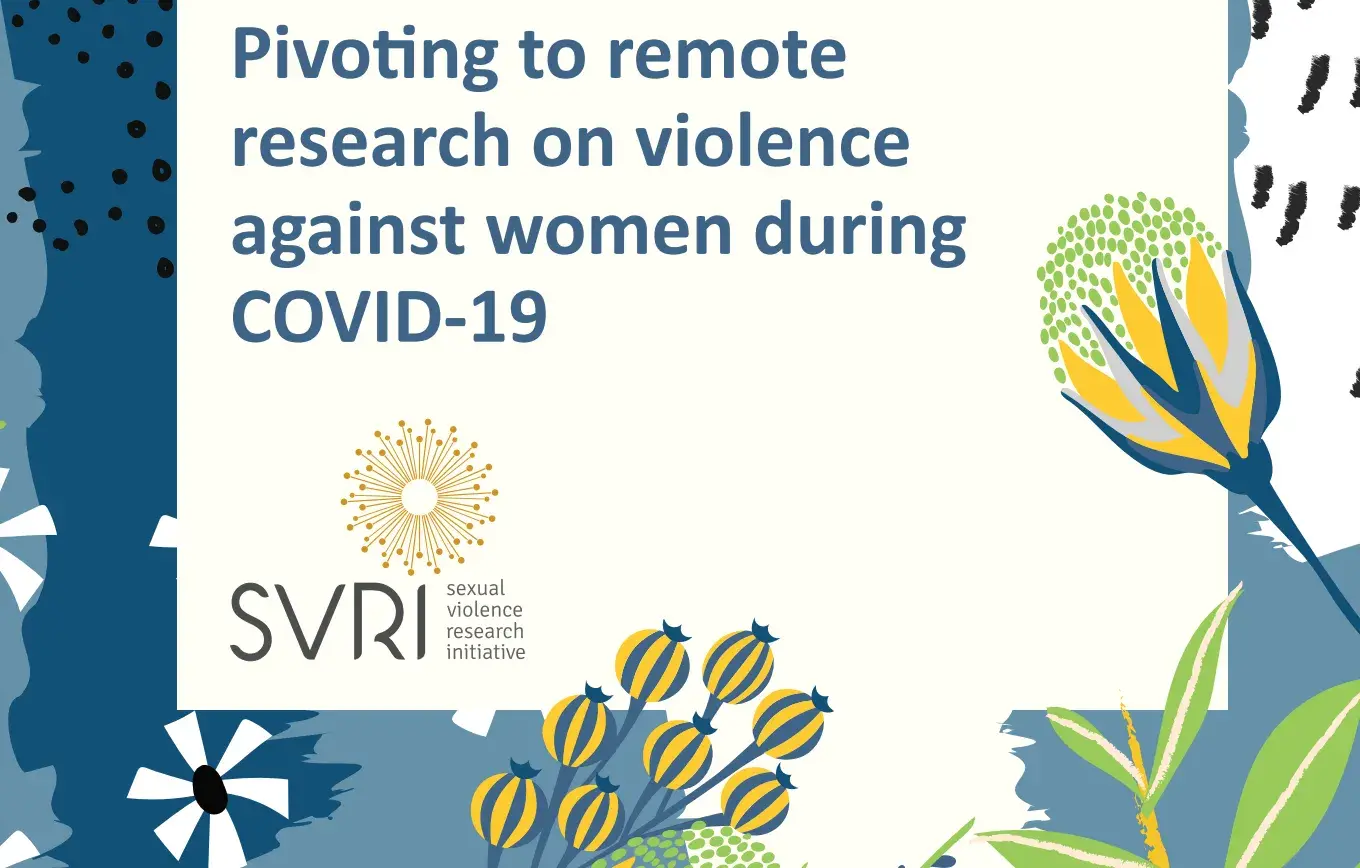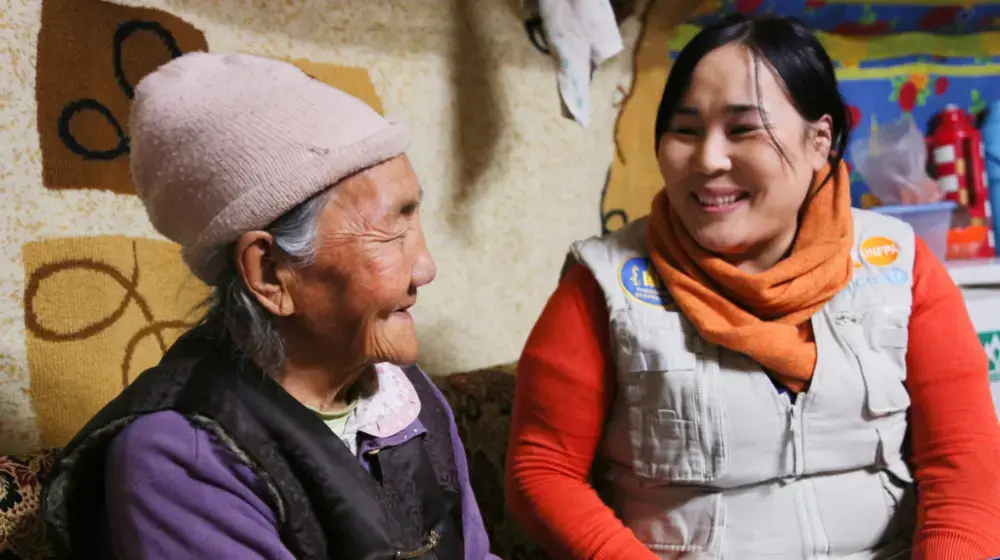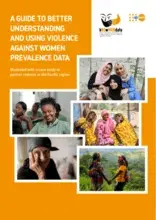kNOwVAWdata
Globally, addressing violence against women is an urgent public health, human rights, economic and public policy priority. In countries across Asia and the Pacific, surveys indicate that between 11 and 64 percent of women have experienced physical and/or sexual violence at the hands of an intimate partner.
kNOwVAWdata works to sustainably strengthen regional and national capacities to measure the prevalence of violence against women in Asia and the Pacific.
Under the partnership of UNFPA Asia and the Pacific Regional Office, the Australian Government Department of Foreign Affairs and Trade (DFAT), the University of Melbourne and ANROWS, kNOwVAWdata improves the availability and quality of data to inform more effective policy and programme responses to prevent and end violence against women.
Reliable, comparable and nationally representative data on violence against women are essential to prevention and response efforts, but technical capacity to collect such data safely and accurately is limited.
kNOwVAWdata addresses this gap by supporting and training national institutions across Asia and the Pacific to collect and analyze data on the prevalence of violence against women.
As part of our commitment to sustainability, kNOwVAWdata offers a four-week training course, developed and facilitated with the University of Melbourne and ANROWS.
The course is establishing a network of skilled professionals and researchers with the ability to provide technical assistance to national violence against women data collection, analysis and rollout efforts. For more information, visit the kNOwVAWdata partnership website: knowvawdata.com.
We use internationally recognized, best practice survey methodologies, such as the World Health Organization (WHO) Multi-country Study on Women’s Health and Domestic Violence, and the Domestic Violence module of the Demographic and Health Survey (DHS).
kNOwVAWdata shares learning at the global level to ensure coordination with other violence against women data efforts underway.
What you will find here:
- Data visualizations and reports from the latest national violence against women prevalence surveys in the Asia-Pacific region;
- Resources on violence against women data measurement, analysis and uptake;
- kNOwVAWdata updates; and
- Real-life stories of the brave and compassionate individuals involved in measuring vitally important, nationally representative data on violence against women.







